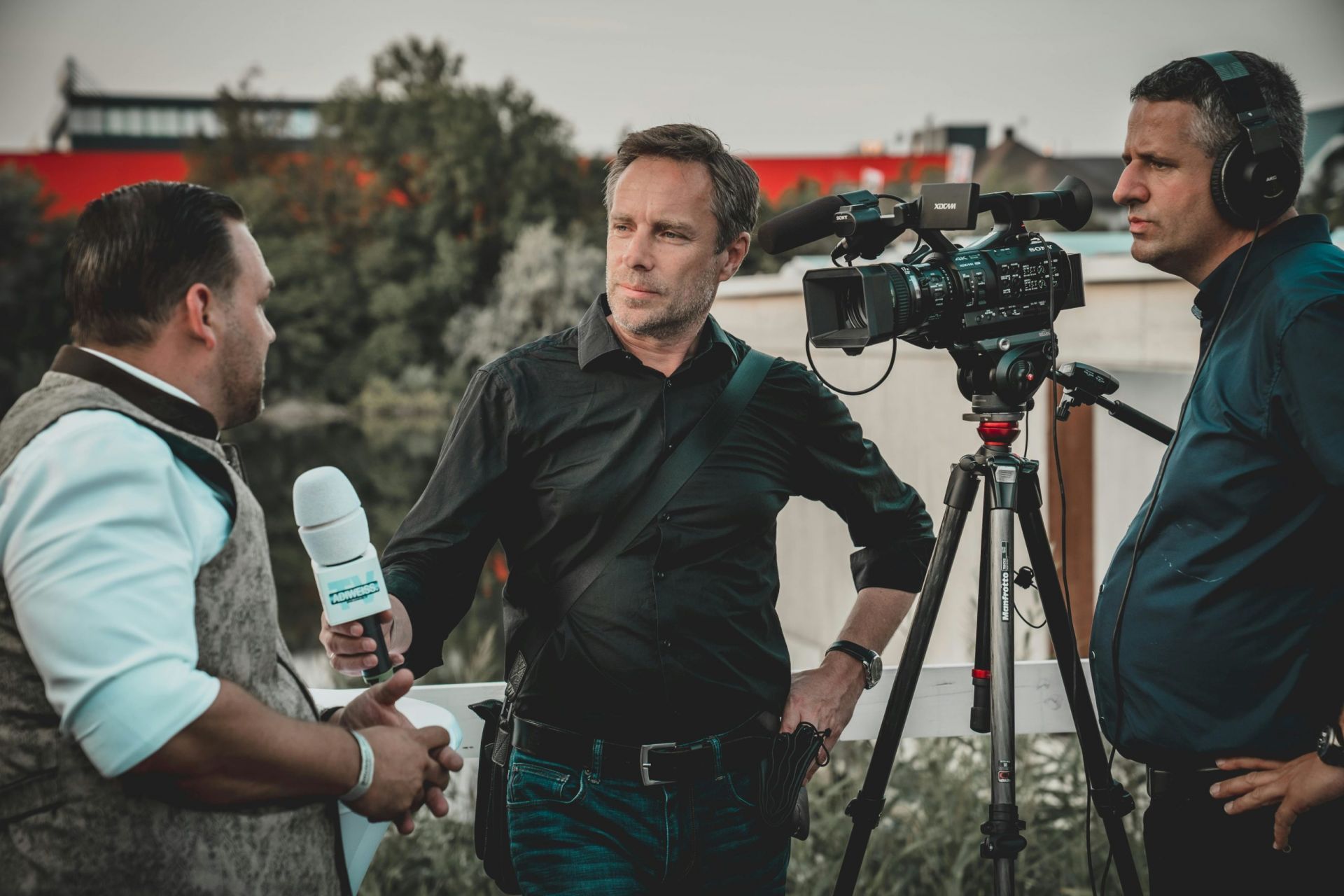Articles
Are migrants represented by the media?
11 January, 2023

By Maria Kotrotsiou from E-SCHOOL
Mainstream media, print, broadcast, and internet, has the power to influence public attitudes and feeling and also incite political actions in the host countries by manipulating the language and imagery they employ when referring to migrants and asylum-seekers. According to Georgiou and Zaborowski (2017), the European press played a crucial role in reporting the massive refugee influx of 2015, shaping public perceptions of the displaced, who are frequently portrayed as a group of anonymous and illiterate outsiders, who are either vulnerable or dangerous. This article investigates the media’s representation of people who are forced to abandon their country whether their voices are heard or not.
Stereotyping
Recent research (Mahmoud, A. B., & Al Atrash, M. 2021) indicates that a set of characteristics is used to refer to migrants, such as poverty-stricken, unskilled, helpless and of certain nationality, which goes in hand with specific negative or positive attributes, thus misrepresenting them. They are often viewed as threats to the receiving country’s economic stability, security and even health. This portrayal, however, hides their identity, actions, and abilities. Migrants and refugees are still individuals who have survived several hardships; they can be entrepreneurs or skilled workers, people attempting to begin a new life in a foreign country try to and they may even contribute to its economy (PANDIR, 2020).
Sensationalism
In an effort to attract more viewers and readers, the media frequently employs sensational headlines and images that focus on isolated incidents, scandal or extreme cases, resulting in an exaggerated perception of immigration’s scope and impact (Mahmoud, A. B., & Al Atrash, M. 202). This fear-based reporting can fuel anti-immigrant feelings and generate an unjustified sense of insecurity in the host populations, who view migration as a threat and an abnormality.
Marginalization
Reports showed that the affected parties, being the displaced individuals, are rarely present in the news (Pierigh & Speicher 2017). Most of the time, the media exclude the views and stories of refugees and migrants, who are the distant and voiceless others. However, the inclusion of refugee voices should be a priority in the news in order to provide equality of opportunity in reporting, deconstruct biases and prevent the marginalization of these groups.
References
- Georgiou, M., & Zaborowski, R. (2017). Media coverage of the ‘refugee crisis’: A cross-European perspective. Council of Europe report. Strasbourg: Council of Europe. Available online: https://rm.coe.int/1680706b00
- Mahmoud, A. B., & Al Atrash, M. (2021). Contemporary discourses on migrants: The role of the media. In D. Hack-polay, A. B. Mahmoud, A. Ridyk, M. Rahman, P. Igwe, & G. Bosworth (Eds.), Migration as creative practice (pp. 15–28). Emerald Publishing Limited. https://doi.org/10.1108/978-1-83867-765-720211005
- Pandir, M. (2020). Media Portrayals of Refugees and their Effects on Social Conflict and Social Cohesion. PERCEPTIONS, Spring-Summer 2020 Volume XXV Number 1, 99-120.
- Pierigh F., & Speicher S. (2017). Changing the narrative: Media representation of refugees and migrants in Europe. World Association for Christian Communication. Available online: http://www.refugeesreporting.eu/report/
